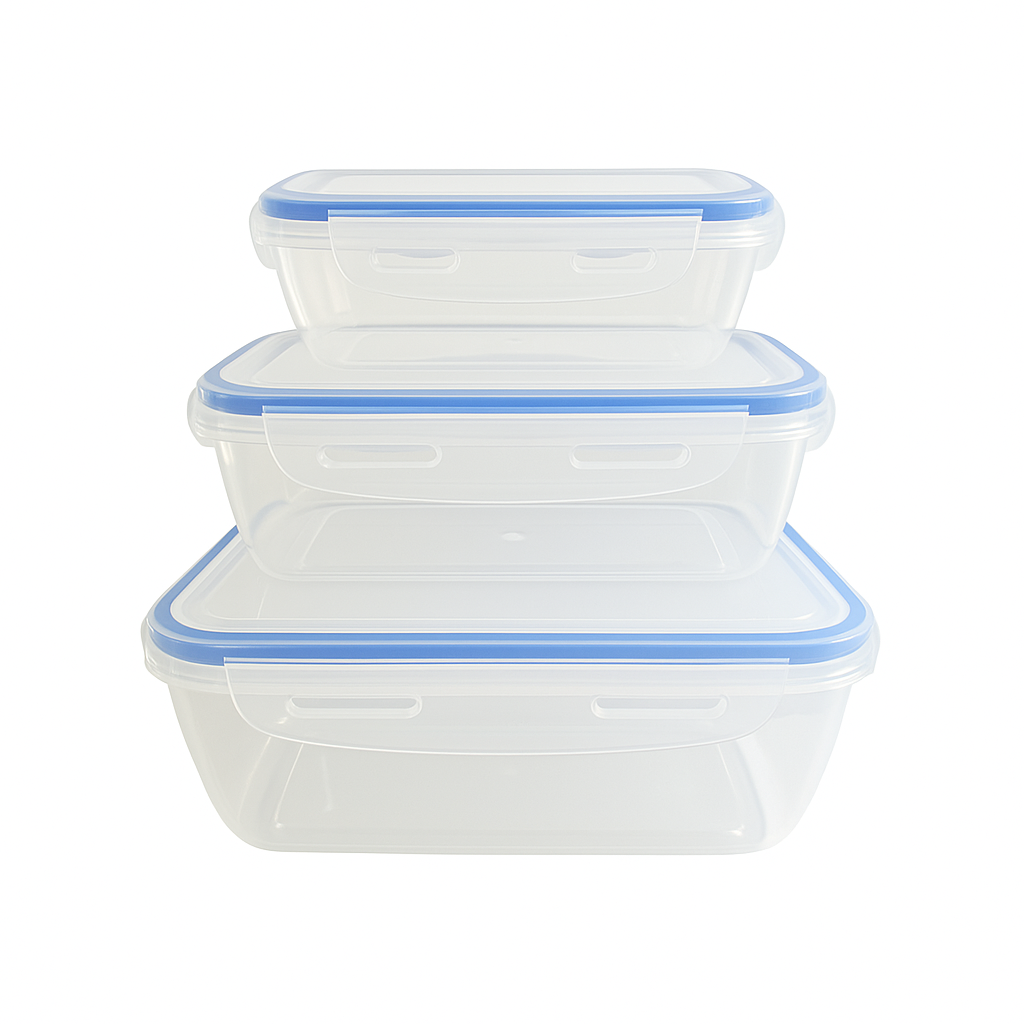
Storing Seasonal Produce with Vacuum Sealing
Share
Frequently Asked Questions
Q1: What fruits and vegetables work best for vacuum sealing?
Q2: How long does vacuum-sealed produce last in the freezer?
Q3: Can I vacuum seal fresh herbs or greens?
Q4: Is vacuum sealing better than freezing alone?
Q5: Do I need to buy special bags or can I use any plastic bag?
Seasonal fruits and vegetables bring unmatched flavour, nutrition, and freshness to our tables. From crisp spring asparagus to juicy summer peaches and earthy autumn root vegetables, nature’s cycles offer a bounty of fresh produce but only for a limited time. If you’ve ever wished to enjoy those same flavours year-round, you’re not alone.
Understanding how to store seasonal produce properly is essential for anyone looking to reduce food waste, save money, and maintain a diet rich in whole, nutrient-dense foods. One of the most effective and efficient methods available today? Vacuum sealing.
In this guide, we’ll walk through techniques for preserving seasonal produce year-round using vacuum sealing. Whether you’re a home gardener with a surplus harvest or a savvy shopper who stocks up on sales, this article will show you how to retain flavour, texture, and nutrition for months to come.
Why Seasonal Produce Is Worth Preserving
Seasonal produce isn't just tastier; it’s often more affordable and nutritious. When fruits and vegetables are harvested at their peak, they contain more vitamins, minerals, and antioxidants than their off-season, long-distance-travelled counterparts. However, their availability is fleeting — and if not stored properly, fresh produce can spoil quickly.
That’s where smart storage solutions come in. To truly make the most of your seasonal bounty, preservation methods like vacuum sealing allow you to stretch their shelf life without sacrificing quality.
How to Store Seasonal Produce Efficiently
When thinking about how to store seasonal produce, most people default to refrigeration or freezing. While those methods work short-term, they don’t do much for long-term preservation and freezer burn is a common problem.
Vacuum sealing changes the game by removing oxygen from packaging, which significantly slows down spoilage, mould growth, and oxidation. The result? You get to enjoy produce that tastes nearly as fresh as the day it was picked — even months later.
If you're new to vacuum sealing, you'll want to explore the benefits of food vacuum packaging. This technique not only protects produce but also saves freezer space and reduces food waste.
Step-by-Step: Vacuum Sealing Seasonal Produce
-
Clean and Prep the Produce
- Wash thoroughly to remove dirt, pesticides, or residue.
- Dry well to avoid moisture interfering with sealing.
- Chop or slice if necessary, depending on how you plan to use it.
-
Blanch (for Some Veggies)
Blanching helps stop enzyme activity that can lead to spoilage, particularly in vegetables like broccoli, carrots, beans, and leafy greens. After blanching, plunge into ice water to stop cooking, then dry thoroughly.
-
Portion and Package
Divide into usable portions to avoid thawing more than needed. Use appropriate vacuum sealer bags or containers for best results.
-
Seal It Tight
Using a high-quality food sealer machine, vacuum out all air and create an airtight seal.
-
Label and Store
Always label with the date and contents. Store in the freezer or fridge, depending on the produce type.
What Types of Produce Can Be Vacuum Sealed?
Fruits
- Berries (pre-freeze first to avoid crushing)
- Apples (peeled/sliced, treat with lemon juice)
- Mangoes, peaches, bananas (sliced and pre-treated)
Vegetables
- Leafy greens (blanch first and dry completely)
- Broccoli, cauliflower, beans, carrots, corn
- Zucchini and squash (slice or dice)
Tip: For smaller portions or individual servings, use small food vacuum sealer bags to make meal prep more efficient.
Why Vacuum Sealing Works for Off-Season Availability
By vacuum sealing your seasonal produce, you're essentially creating a mini time capsule. The airless environment not only slows spoilage but also helps preserve:
- Nutritional value
- Colour and texture
- Flavour and aroma
This means you can enjoy asparagus in winter, or pumpkin in spring, without resorting to canned or processed alternatives. Plus, sealed produce stacks neatly in the freezer, helping you stay organized.
Essential Tools for Successful Vacuum Sealing
- Vacuum Sealer Machine – Choose a powerful, reliable model like the Turbo Seal Pro with adjustable settings.
- Vacuum Sealer Bags – Invest in high-quality, BPA-free bags that withstand freezing and boiling.
- Small Bags for Portioned Use – Great for snacks, smoothie packs, or baby food.
Avoid These Common Mistakes
- Skipping blanching (leads to poor texture/taste).
- Overfilling bags (leave sealing space).
- Sealing wet produce (moisture prevents proper sealing).
- Not labelling properly (avoid mystery bags in the freezer).
- Waiting too long to seal (seal soon after harvest or purchase).
Conclusion
With the right tools and techniques, vacuum sealing can transform the way you handle fresh produce. From reducing waste and saving money to keeping your meals flavourful and nutritious, this method of fruit and vegetable preservation ensures that seasonal flavours never have to be out of reach.
Whether you’re preserving summer’s strawberries or fall’s root vegetables, learning how to store seasonal produce effectively allows you to enjoy garden-fresh goodness throughout the year.
